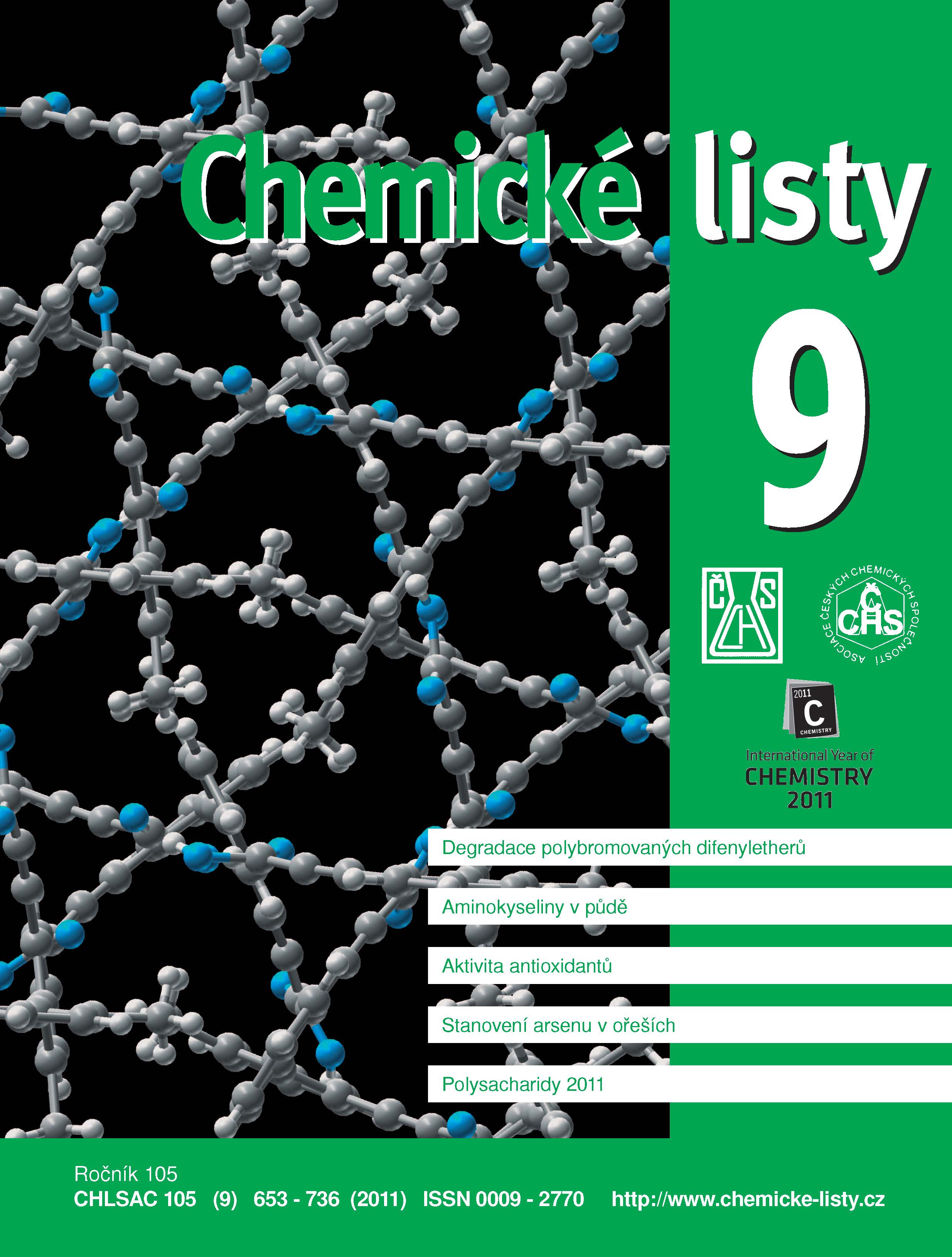Biologicky přístupné aminokyseliny v půdě a význam jejich studia
Klíčová slova:
aminokyseliny, extrakce, neproteinogenní aminokyseliny, výživa rostlin, ekosystémy, půda, mineralizaceAbstrakt
Bioavailable amino acids (AA), including protein L- and D-AA and other non-protein AA make up to 1 % of total soil AA. They have been intensively studied for last two decades. Bioavailable AA may be directly taken up by plant roots without previous mineralization. This is especially relevant in alpine, arctic and boreal areas, where the availability of mineral nitrogen is low and, thus, AA are important in plant nutrition. Bioavailable AA are extracted from soil using a wide range of extractants and procedures, demineralized water being the most frequently used extraction agent. Only two works are related to bioavailable D-AA in soil and a small number of works deals with other bioavailable non-protein soil AA. D-AA are generally less mineralized by soil microorganisms compared with their L isomers. After uptake by roots they are toxic for plants. Their occurrence may be significant for plant growth in different ecosystems.





